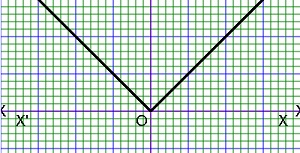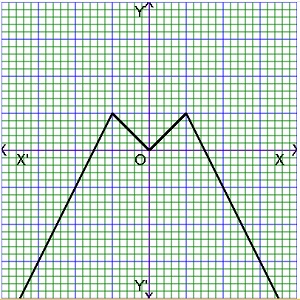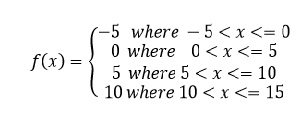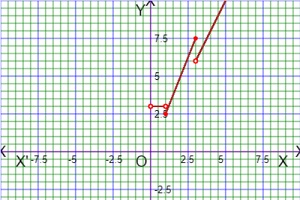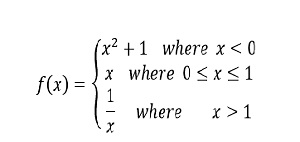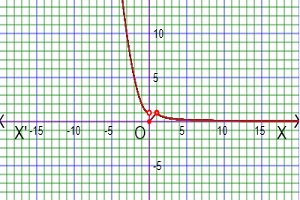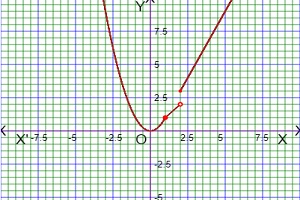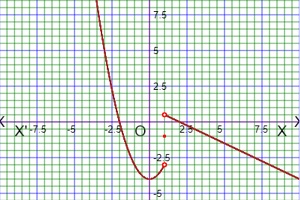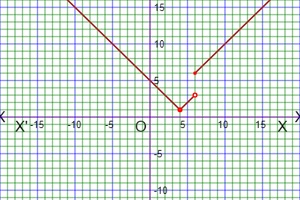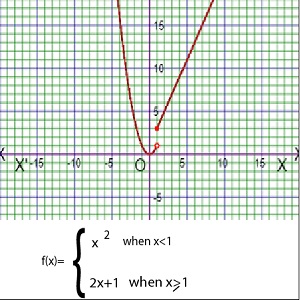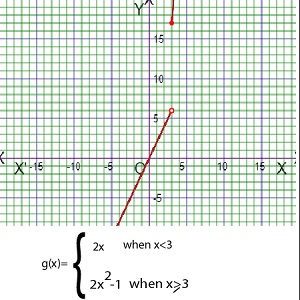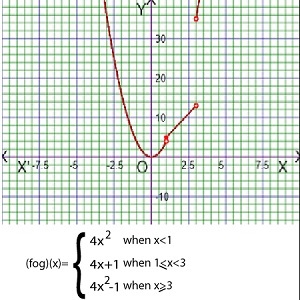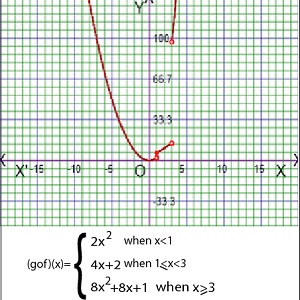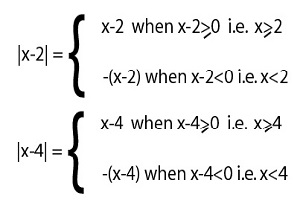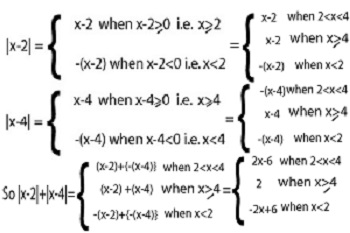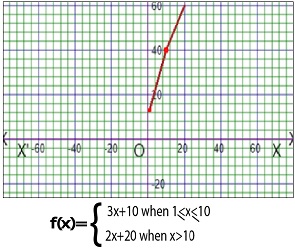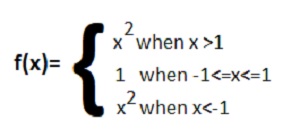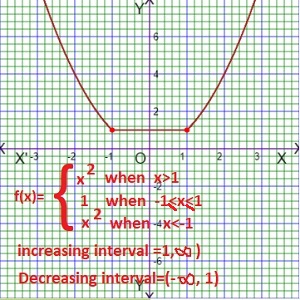As for example, a piecewise function is given bellows-

For sketching with 3 piecewise function calculator, type in 1st row left side 3x+5 and right side -3<=x<=-1, type in 2nd row left side 2 and right side -1<x<3 and type in 3rd row left side -x+2 and right side 3<=x<=5, then you can get the 3 piecewise function graph.
For finding the value of f(-2), f(-1), f(0) and f(4), we will check the values of x is situated in which intervals . If x=-2,then it is situated in the 1st interval and this interval corresponding to the function 3x+5, so f(-2)=3(-2)+5=-6+5=-1. If x=-1,then it is situated in the 1st interval and this interval corresponding to the function 3x+5, so f(-1)=3(-1)+5=-3+5=2. If x=0,then it is situated in the 2nd interval and this interval corresponding to the constant function 2, so f(0)=2. If x=4,then it is situated in the 3rd interval and this interval corresponding to the function -x+2, so f(4)=-4+2=-2. The graph of the given function is given belows.
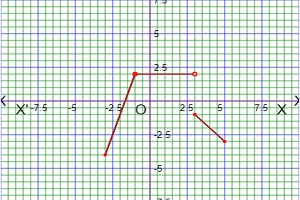
We can find out the Domain and Range of the function from the graph. At first we check the graph is situated what interval along x-axis for Domain. We can see the graph is situated in the interval [-3, 5], so Domf=[-3, 5]. Again we check graph is situated what interval along y-axis for Range. We can see the graph is situated in the interval [-4, 2], so Domf=[-4, 2].
For more learn, visit: Practice for graphing piecewise functions of math. Graphing piecewise functions calculator can run any device and any website browser.



